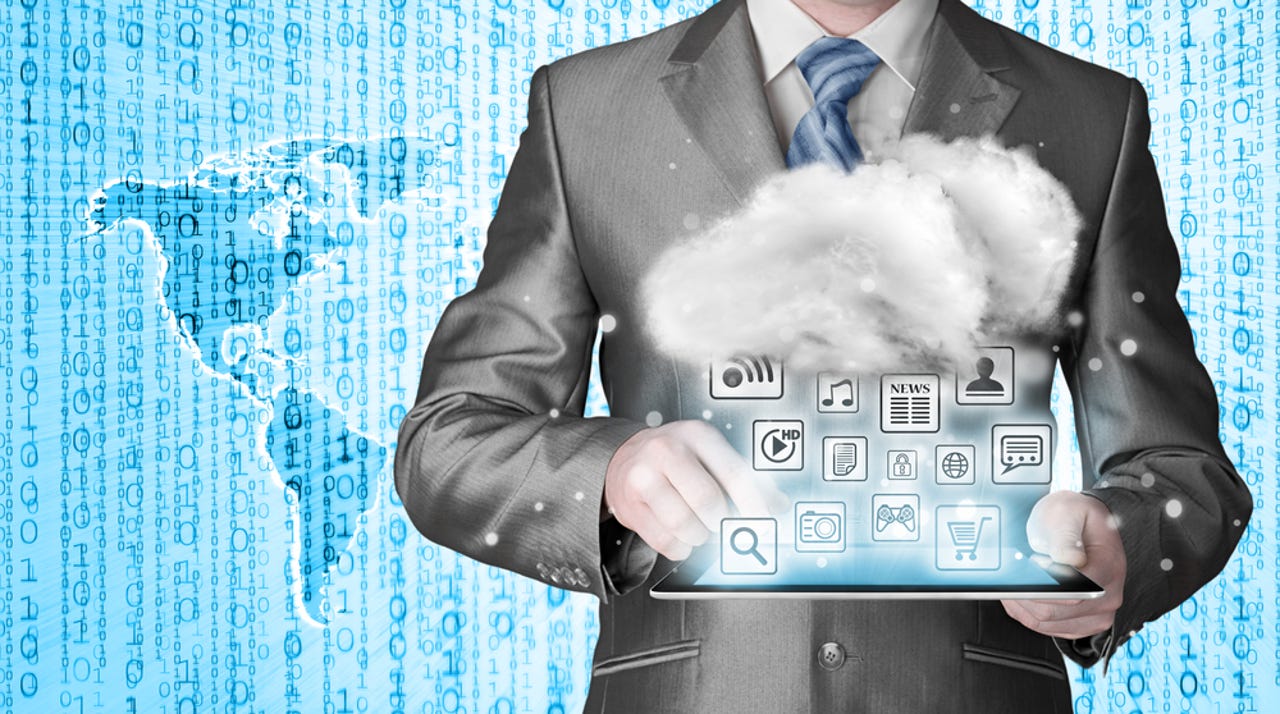Empowering employees to work across any device

Virtual desktop infrastructure (VDI), for example, involves using a central server to generate the end user's desktop experience, then pushing the desktop environment 'image' to a device of the user's choice.
There are a few ways to accomplish this "centralized desktop" model. In some cases, remotely accessible desktops might comprise a set of shared images running on a server, with each set tailored to a particular group of workers. In others, the users may use individual virtual machines, each containing a desktop and app portfolio. The latter has become a preferred method of delivering remote desktops to "fat client" computers, as it allows for offline working in the event of a disconnection, with changes to the VM stored and committed upon reconnection. It also allows local processing to deliver an enhanced user experience.
For smaller or "thin client" devices, a VDI may be more appropriate. Whichever is used, the aim is for a shared, centralised desktop infrastructure that delivers the same or similar experience to the end user, whether they are using a PC, Mac, smartphone, or tablet.
Key Benefits
Centralisation brings with it a number of compelling benefits. Ease of management is one, as centralised desktops are easier to control, update, and manage than individual pieces of hardware scattered across the enterprise. In addition, IT can customise multiple desktops easily for groups of workers, rather than having to provision individual environments. Security is another benefit: the data an end user is viewing, analysing, or processing can be retained in the datacentre rather than being stored on the device.
This releases IT from having to manage hardware the corporation may not even own, such as the end user's personal smartphone. The savings could be transformational.
Not caring about which platform the user is working brings a further benefit. Keeping users happy is a key concern of the modern IT department, and centralised desktops enable that. Users can install anything they like on their chosen devices, secure in the knowledge that it will have no effect on the corporate desktop they use for work.
Additionally, the ability to work anywhere/anytime, and on whichever device happens to be on hand, means that in the event of a disaster, the business can carry on, without employees being chained to a particular location.
When it comes to deploying virtual desktops, there are several options, and one design rarely fits all situations. Consider which model, or which combination of models, may meet your specific needs.